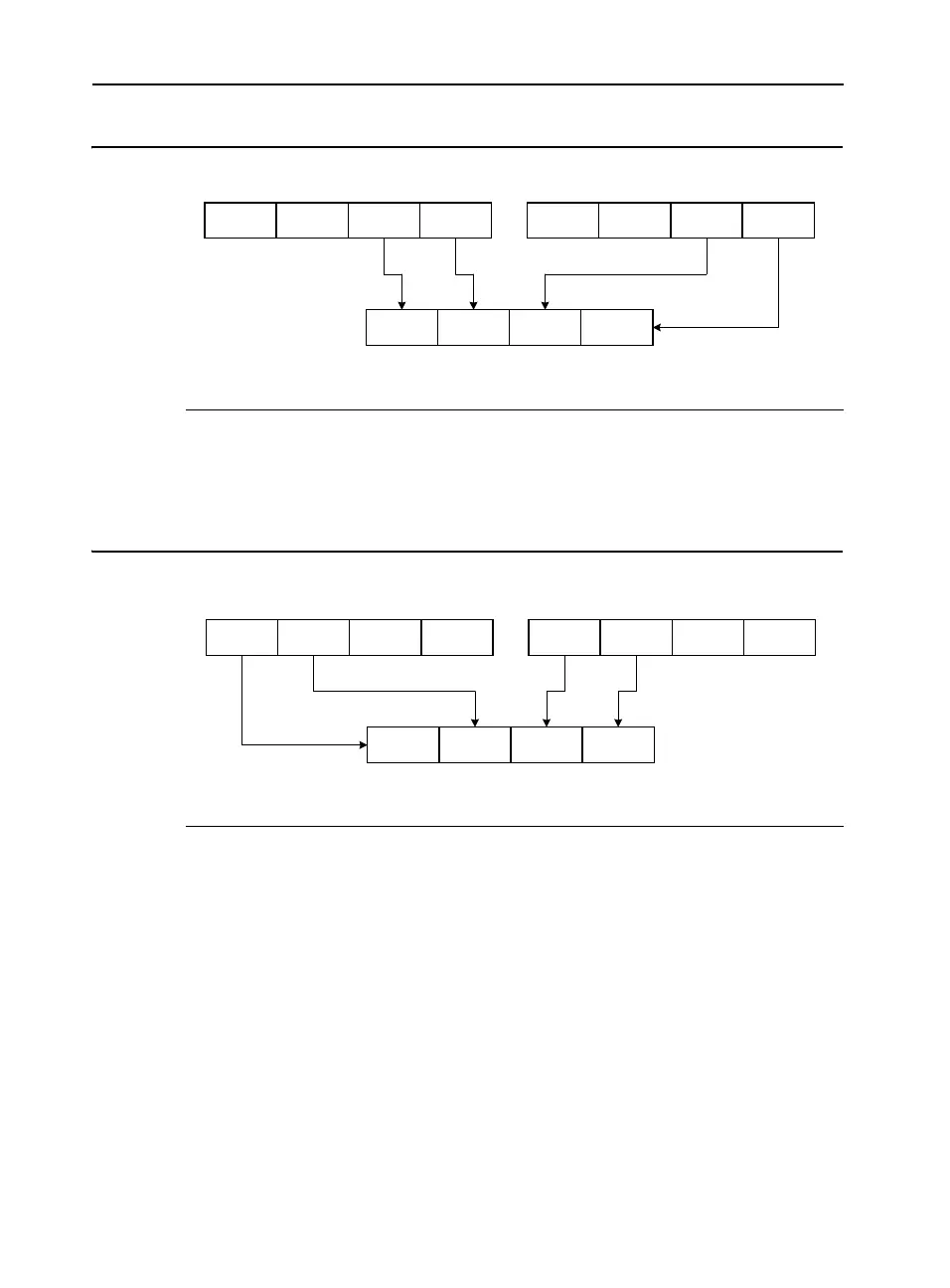IA-32 Intel® Architecture Optimization
4-12
The other destination register will contain the opposite combination
illustrated in Figure 4-4.
Code in the Example 4-6 unpacks two packed-word sources in a
non-interleaved way. The goal is to use the instruction which unpacks
doublewords to a quadword, instead of using the instruction which
unpacks words to doublewords.
Figure 4-3 Result of Non-Interleaved Unpack Low in MM0
Figure 4-4 Result of Non-Interleaved Unpack High in MM1
OM15161
2
1
2
0
1
1
1
0
mm/m64 mm
mm
2
3
2
2
2
1
2
0
1
3
1
2
1
1
1
0
OM15162
2
3
2
2
1
3
1
2
mm/m64 mm
mm
2
3
2
2
2
1
2
0
1
3
1
2
1
1
1
0

